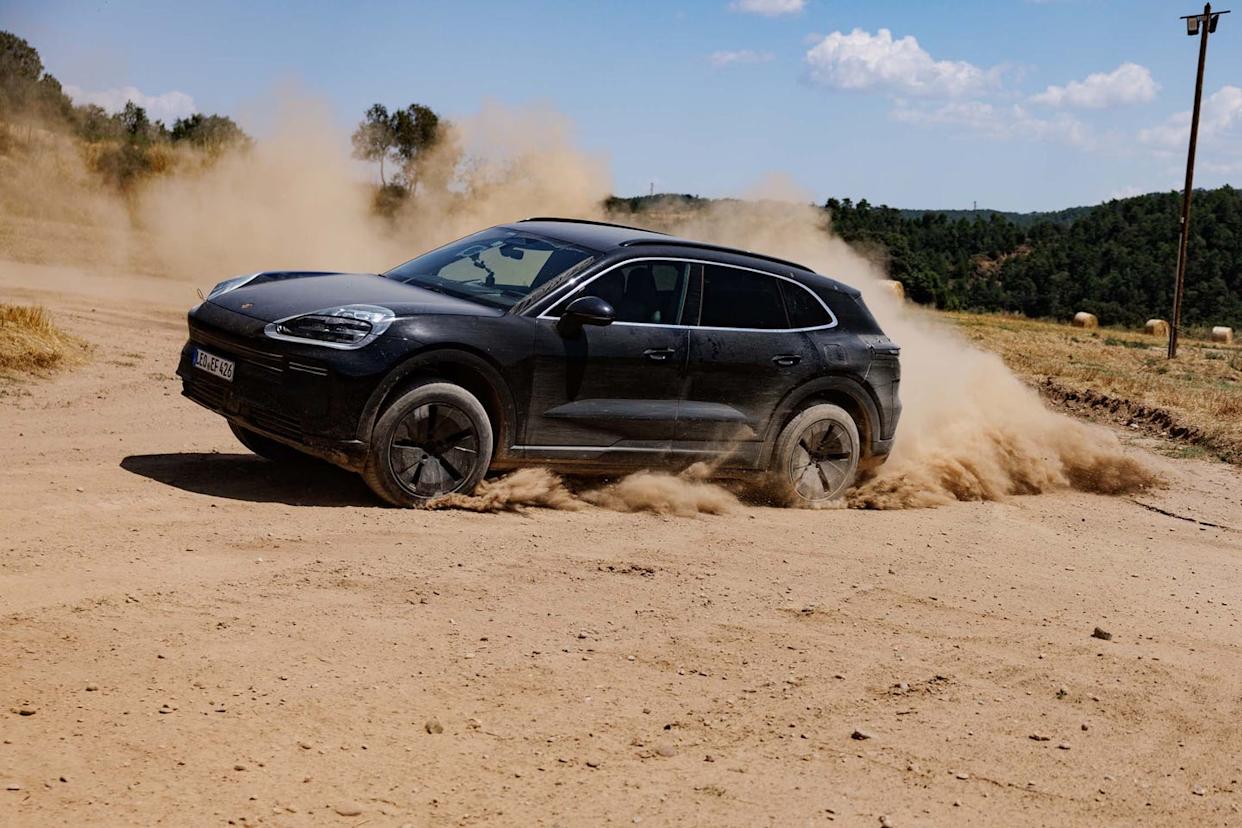
A Cayenne EV is just around the corner. It hasn't yet made its public debut, but we recently drove nearly finished camouflaged prototypes outside Barcelona, Spain. Although Porsche is still being cagey with some of the specifics, the company promises nearly 1000 horsepower for the top Turbo model, while the entry-level version will make roughly half as much. The S in the middle will split the difference, with somewhere over 600 horsepower. Here are the highlights:
It sounds like a V-8, really
Unlike the Taycan, which has a futuristic whir that scales with how hard the motors are working (that can be turned on or off), the Cayenne EV's optional noise mimics that of a V-8. It's pretty convincing too, at times sounding nearly identical to the V-8-powered Cayenne GTS. Select Sport Plus mode, and it adds some electric whine on top of the V-8 rumble, which makes it sound supercharged.
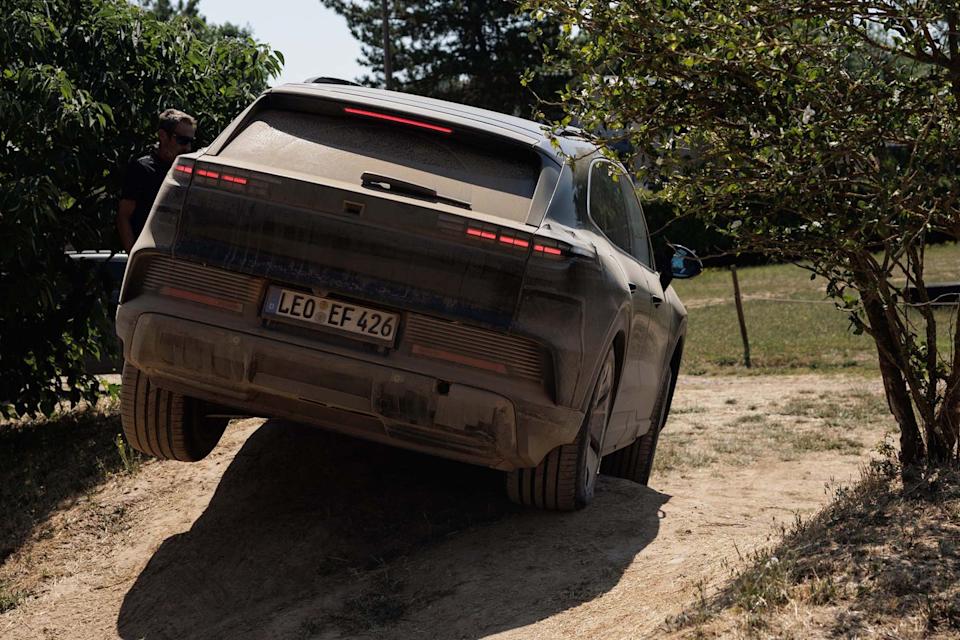
The Cayenne will be the fastest-charging Porsche EV yet, with 400-kW capability
All of Porsche's EVs rely on an 800-volt electrical architecture, which helps enable their speedy charging rates. But the Cayenne pushes the charging speeds even further thanks to double-sided cooling for its battery pack. This not only benefits the peak rate, which is up from 320 kilowatts on the Taycan to 400 kilowatts for the Cayenne, but also expands the charging curve when it isn't at the narrow peak. The cells are pouch-type nickel-manganese-cobalt (NMC) units from LG, with slightly different chemistry and form factor than are used in either the Macan or Taycan EVs. Porsche promises a 10-to-80 percent charge time of just 16 minutes for the Cayenne's 108-kWh pack, and this will be the first Porsche EV with a NACS charge port. As with the Macan, the Cayenne can charge at 400-volt DC fast-chargers by electrically splitting its 800-volt pack into two 400-volt subpacks.
All Cayenne EVs are all-wheel drive, unlike the Macan
At launch, there will be three Cayenne models: base, S, and Turbo. These models mix and match two front motors (both shared with the Macan) and three different rear motors. They're a hairpin-winding design, and the S and Turbo rear motors get a special new trick: internal oil cooling between the rotor and the stator. This better heat rejection allows them to be pushed harder without overheating and needing to reduce power, especially during max-attack launches or while towing, according to Porsche.
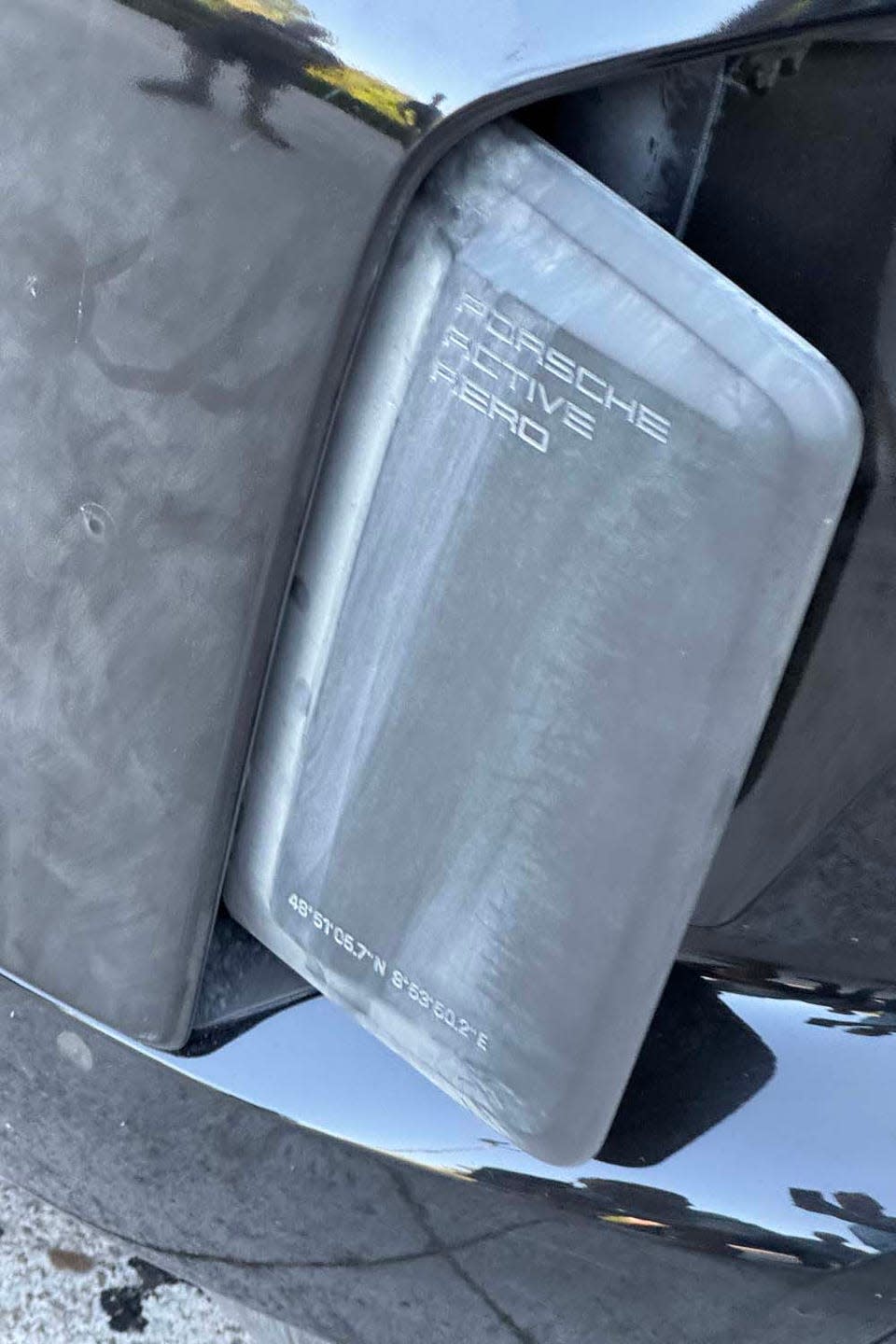
The EPA range figure should come in around 320 miles for the longest-range version, based on Porsche's claim of 373 miles on the less taxing European WLTP test cycle. Turbo models have sideblades that power out of the rear haunches above 37 mph to improve aerodynamics and range, slightly. Porsche claims that with the blades extended, the Cayenne EV improves its coefficient of drag by 0.06, which translates to about six or seven miles of range.
There's a ton of new features and technology, including Active Ride
The first thing you notice sitting in the Cayenne is the center touchscreen that's bent dramatically in the middle to follow the contour of the dash, avoiding the look of a screen awkwardly sprouting out of it as in so many other modern vehicles. Porsche is also throwing lots more new tech at the Cayenne EV (although many of these items will cost extra): power opening and closing doors, heated center and door armrests, a power second-row seat, a glass roof with variable light control, an augmented-reality head-up display, and a hands-free driving mode that will work on limited-access highways.
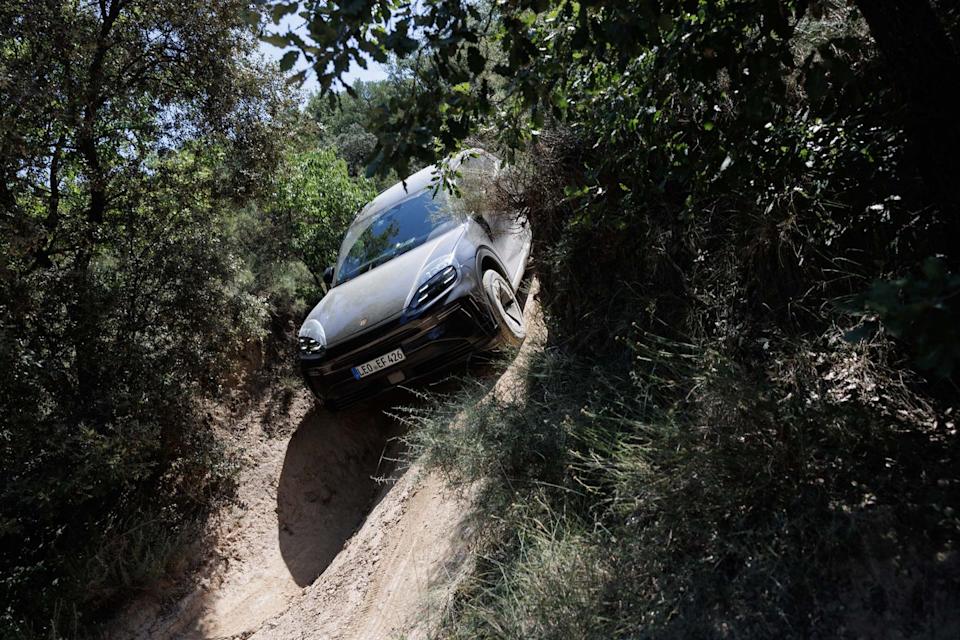
The Cayenne also inherits the excellent Active Ride system from the Taycan and Panamera, and the body control and ability to soak up bad roads are just as magical in the Cayenne as in the lower-riding Porsches. As in the other models, Active Ride pairs a single-chamber air spring with active dampers that can force hydraulic fluid to either side of the pistons to actively move each wheel up and down at will. Unlike the others, the Cayenne doesn't have the entry mode that raises the vehicle when you open a door because it's not needed on this higher-riding model. There are also settings within Comfort mode to allow more pitch and roll for customers who think it feels too odd to keep the body flat. Cayennes without the Active Ride option ride on two-valve dampers and two-chamber air springs.
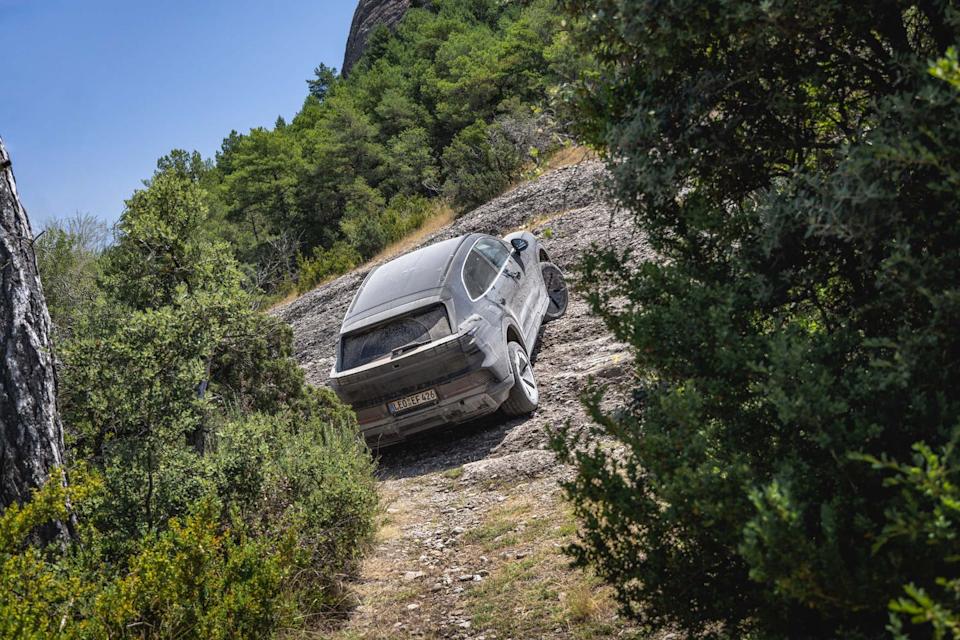
The quickest EV model should be quicker than the gas-powered Turbo GT
Although the Cayenne EV, with a curb weight of just under 6000 pounds, will be nearly 1000 pounds heavier than the gas-powered Cayenne, it will also be much quicker, as expected. Porsche claims the Turbo will accelerate to 60 mph in well under three seconds and to 120 mph in under 10. That would make it quicker than the Turbo GT. Also, importantly, the Cayenne EV drives like a Porsche, with sharp steering, solid dynamics, and great brake-pedal feel. After being slightly underwhelmed with the way the Macan Electric drives compared to its excellent gas-powered counterpart, we feel the Cayenne Electric seems much more on target.
Like the Macan lineup, the gas-powered Cayenne will continue to be sold alongside its electric version
Not only will Porsche continue to sell both gas and electric Cayennes, but they both go down the same assembly line in the VW Group's plant in Bratislava, Slovakia, where the Audi Q7 and Q8 are also built.
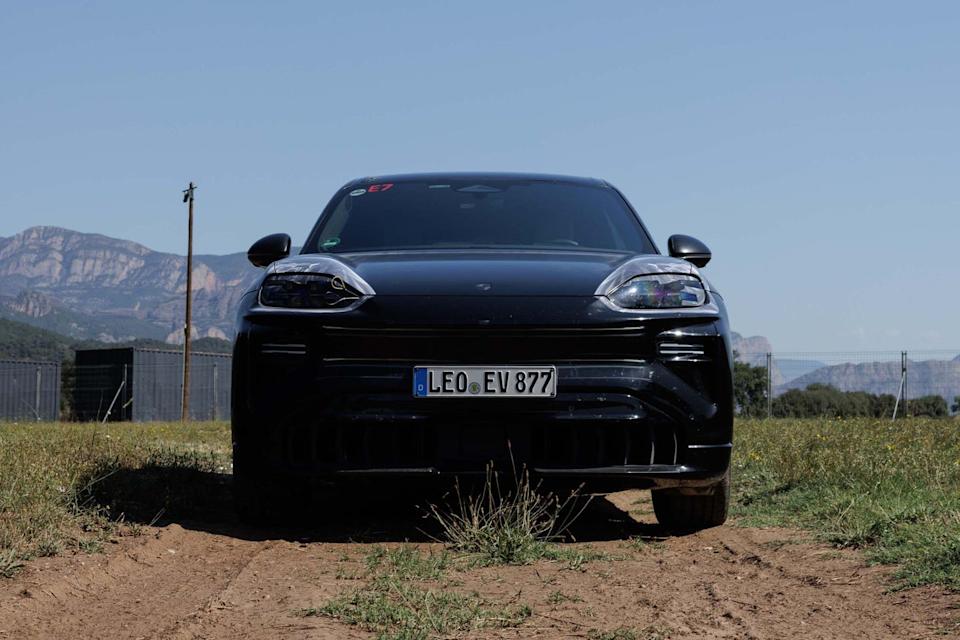
Dimensionally, the Cayenne EV is slightly larger
The Cayenne Electric is based on a modified version of the VW Group's PPE platform, the same foundation as the Macan Electric and the Audi Q6/SQ6 e-tron. The Cayenne EV's wheelbase is 118.9 inches (versus 114.0 inches on the gas-powered version), and the overall length is 196.3 inches compared to 194.1 inches. The EV has slightly more rear cargo room, plus a three-cubic-foot front trunk. Available wheel sizes are 20, 21, and 22 inches. All the ones we drove on the road were 21s or 22s with meaty summer tires: Pirelli P Zero PZ5s in 275/45R-21 front and 315/40R-21 rear sizes or Goodyear Eagle F1s in 275/40R-22 front and 315/35R-22 rear. The off-road models had Hankook Ventus iON S X tires in slightly more modest 255/55R-20 front and 305/45R-20 rear sizes.
There's an off-road package, and the Cayenne Electric can tow up to 7700 pounds
Off-road capability has always been engineered into the Cayenne, and that has been maintained with the electric variant. The off-road package deletes the lower part of the front splitter to improve the approach angle. We navigated various, pretty serious obstacles in Bassella, Spain, at an off-road course that Porsche has used in the development of every generation of Cayenne. Navigating twist ditches with wheels hanging way up in the air and various climbs, we saw an indicated 25-degree angle on inclines, declines, and side angle on the gauge readout. There are no locking differentials, and the system relies on brake interventions, but it all works smoothly to provide, frankly, far more capability than most owners are likely to use.

You Might Also Like

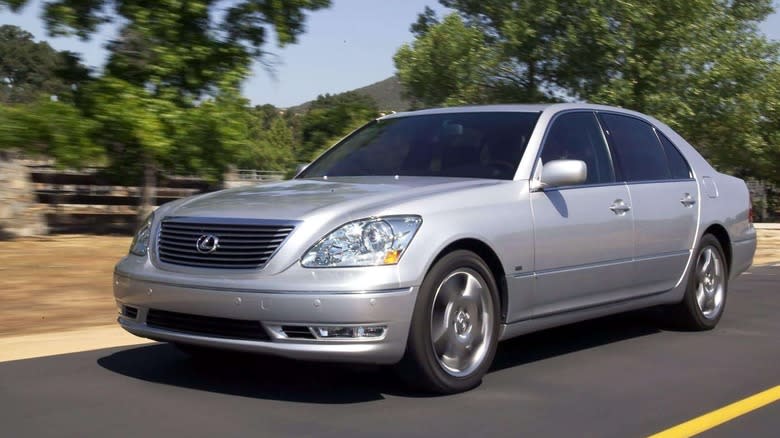
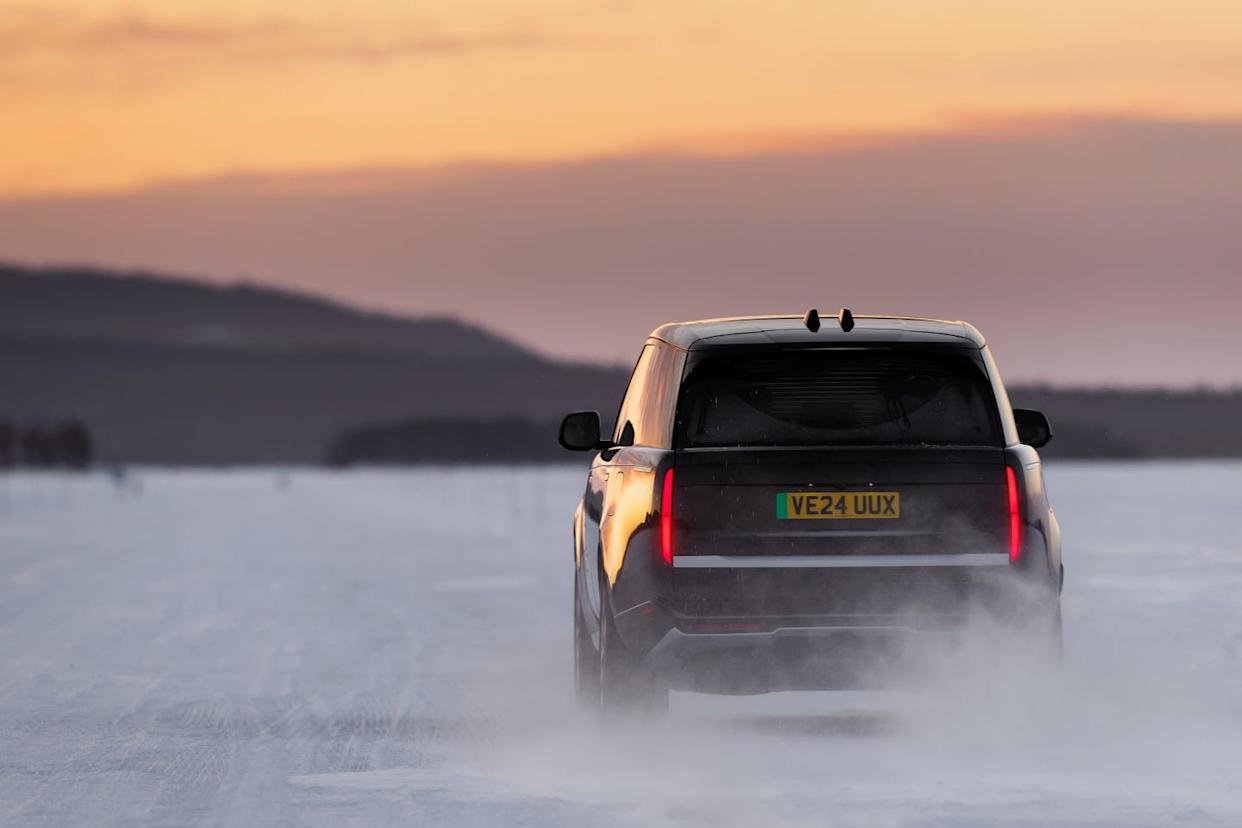
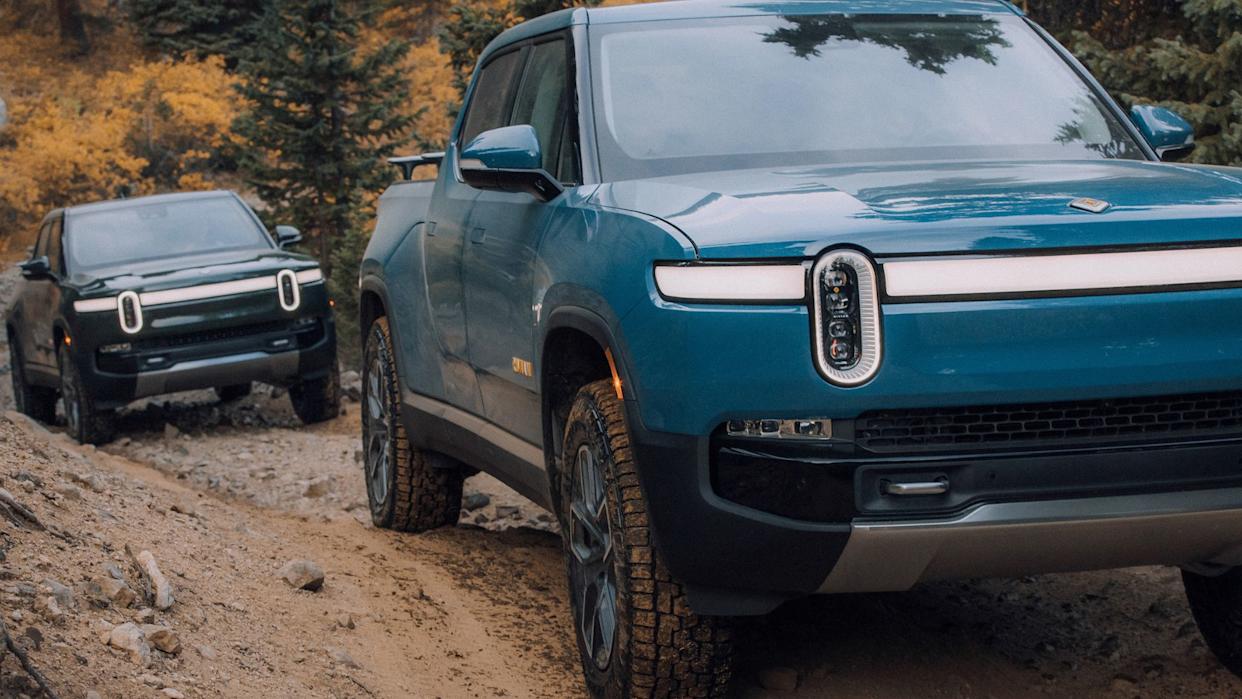
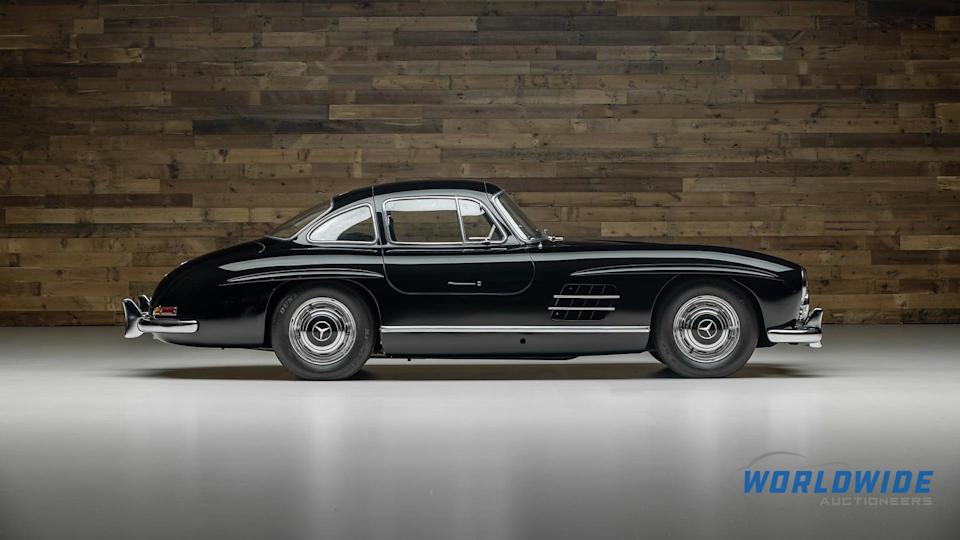
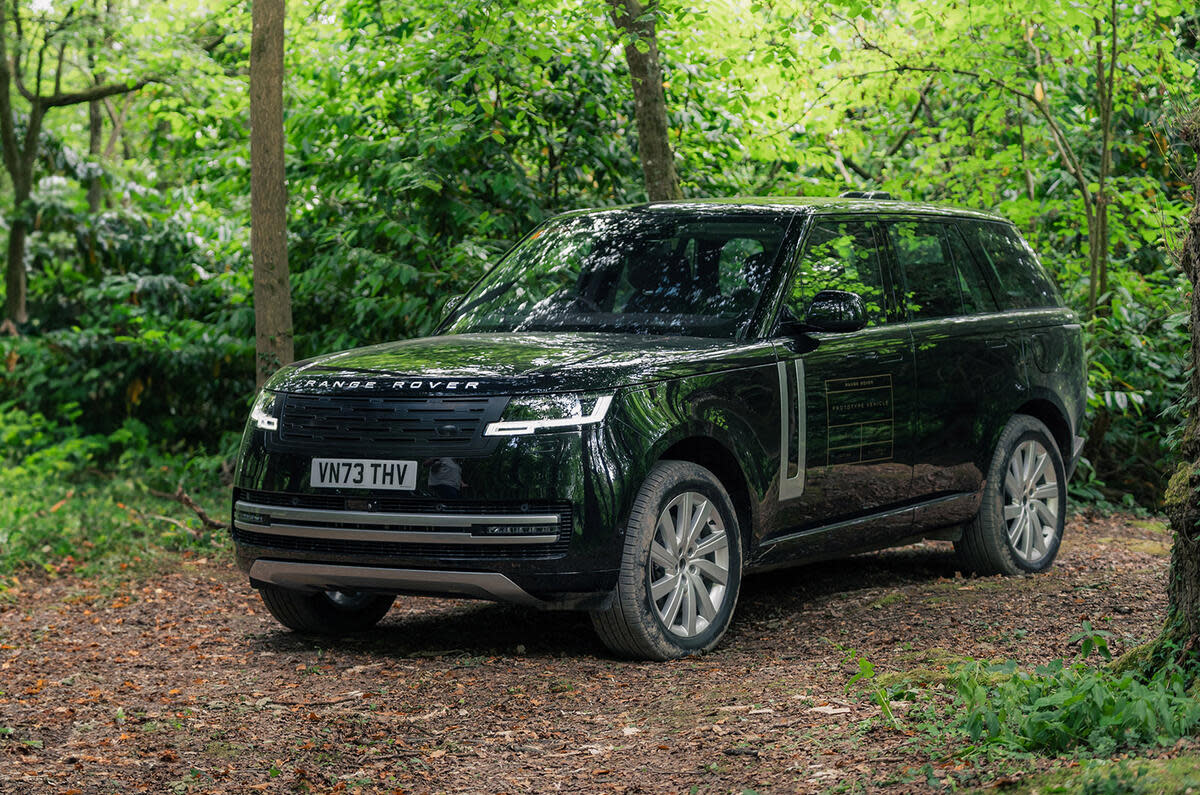

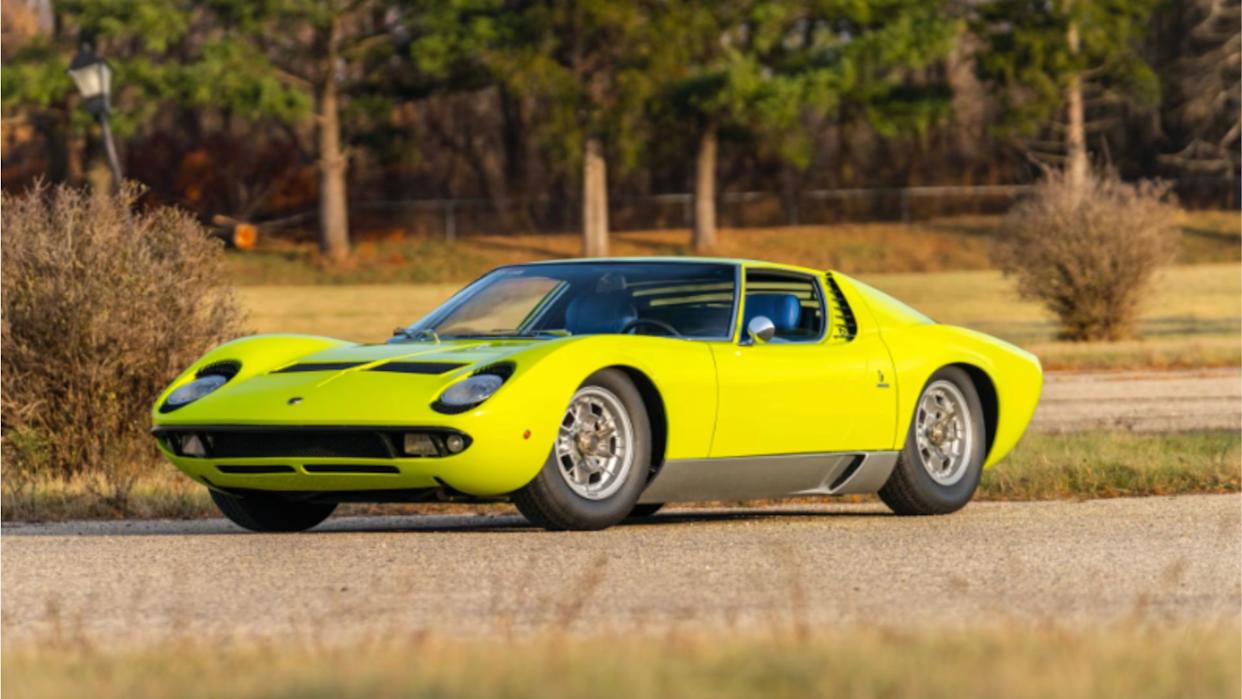
Comments